How to Solve Unmet Legal Needs and Restore Public Trust – A Justice Blueprint
Colin S. Levy
JANUARY 28, 2025
We need a plan to make legal help available to all, one that leverages ethical innovation and technology, along with regulatory reform and education. Litigation. Another component of the blueprint involves reform through litigation challenging restrictions on who is authorized to provide legal services and how they may do so.





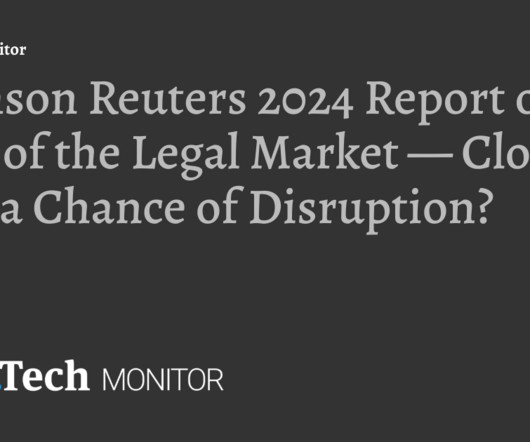


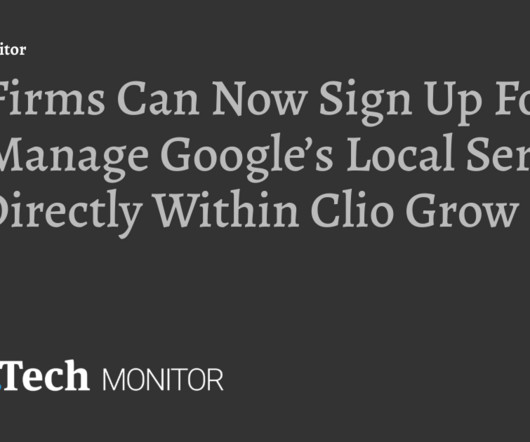
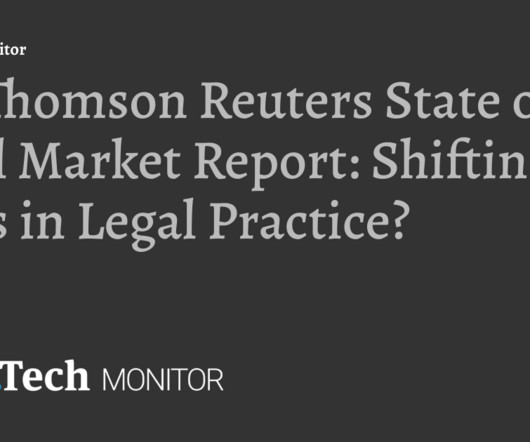


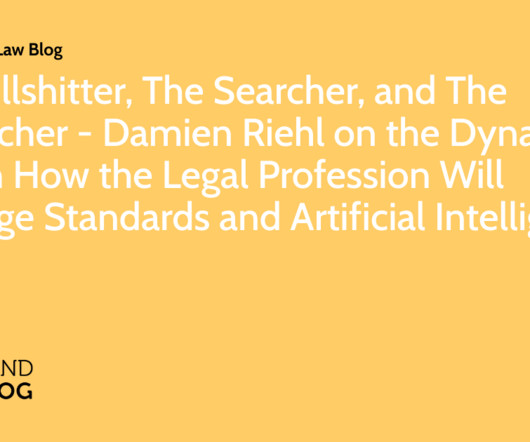

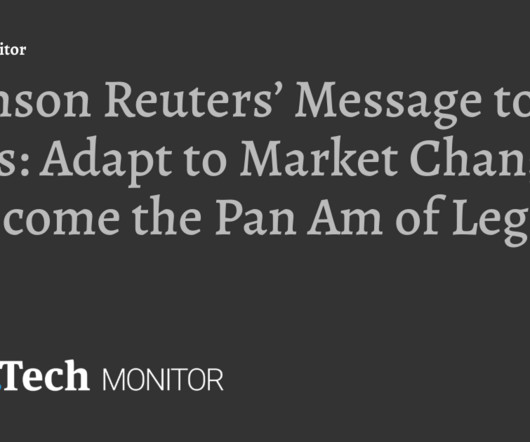






Let's personalize your content